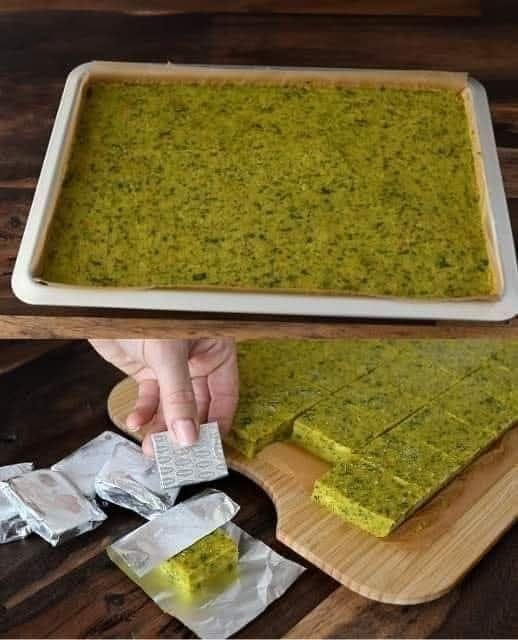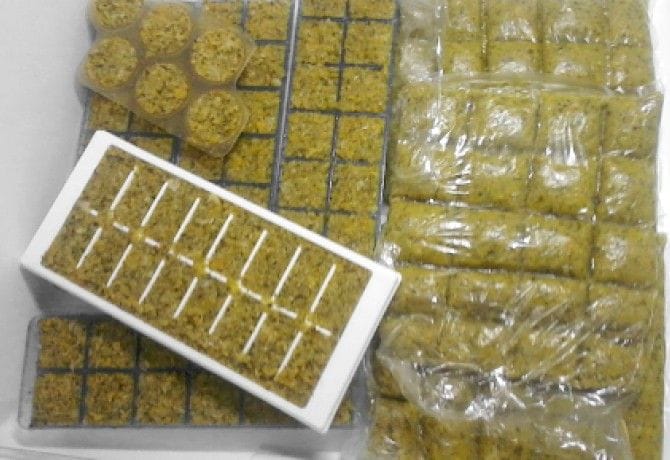In today’s world of highly processed foods, making your own homemade vegetable broth without chemicals is not just a healthy choice — it’s a powerful step toward reclaiming your kitchen and health. This natural, additive-free broth is not only incredibly flavorful but also packed with nutrients, perfect for enhancing soups, stews, grains, and even sipping on its own.
In this comprehensive guide, we’ll walk you through the best way to prepare vegetable broth at home, why it’s better than store-bought versions, the top vegetables to use, and how to store and use your homemade broth effectively. Whether you’re a vegan, a health-conscious cook, or just someone who wants to avoid unnecessary additives, this recipe is a must-try!
Why Make Homemade Vegetable Broth Without Chemicals?
Most store-bought vegetable broths, even organic ones, contain preservatives, artificial flavor enhancers (like MSG), colorants, and excessive sodium. These additives can pose health risks over time, especially for those with sensitivities or chronic conditions such as high blood pressure or kidney problems.
Making your own vegetable broth at home without any chemicals ensures:
- No hidden ingredients
- Control over flavor and salt levels
- Zero preservatives
- Rich nutrient content
- Budget-friendly cooking
In short, homemade is the healthiest and tastiest option. And best of all — it’s easier than you think!
Essential Ingredients for the Best Homemade Vegetable Broth
One of the best things about homemade vegetable broth is its flexibility. You can use scraps or fresh vegetables, depending on what you have. Here’s a list of nutrient-rich, flavor-packed vegetables commonly used:
1. Onion
Adds depth and sweetness. Use the skins too for a darker broth.
2. Garlic
A powerful immune booster and flavor enhancer.
3. Carrots
Sweet and earthy, carrots provide color and natural sugars.
4. Celery
Essential for that classic soup base flavor.
5. Leeks
Great for a gentle onion flavor and added complexity.
6. Mushrooms
Especially shiitake or cremini, they add umami richness.
7. Herbs
Parsley, thyme, bay leaves, and rosemary bring aromatic magic.
8. Peppercorns
Add a subtle heat without overpowering.
9. Sea Salt (optional)
Add at the end for flavor control.
Pro tip: Avoid cruciferous vegetables like broccoli, cauliflower, and cabbage — they can turn your broth bitter.
The Best Way to Prepare Homemade Vegetable Broth Without Chemicals
Here’s a step-by-step guide to making rich, delicious, chemical-free vegetable broth:
Ingredients:
- 2 large carrots (chopped)
- 2 celery stalks (chopped)
- 1 large onion (quartered, skin on)
- 1 head of garlic (halved)
- 1 leek (optional, sliced)
- 4-5 mushroom caps
- 1 small bunch of parsley
- 1 tsp black peppercorns
- 2 bay leaves
- A few sprigs of thyme or rosemary
- 12 cups of filtered water

Instructions:
- Prepare the Vegetables:
Wash all vegetables thoroughly. No need to peel carrots or onions if they’re organic — skins add flavor and nutrients. - Combine in a Large Pot:
Add all ingredients to a large stockpot. - Simmer Slowly:
Bring to a boil, then reduce to a gentle simmer. Cook uncovered for 60–90 minutes. - Strain the Broth:
Use a fine-mesh strainer or cheesecloth to separate the liquid from the vegetables. - Cool and Store:
Let the broth cool completely before transferring to jars or containers.

Avoid aluminum pots — they can react with acidic vegetables. Stainless steel or enamel is best.
How to Store Homemade Vegetable Broth for Maximum Freshness
Once you’ve made your delicious, chemical-free broth, proper storage is key.
Refrigerator:
- Lasts up to 5 days
- Store in glass mason jars or BPA-free containers
Freezer:
- Lasts up to 6 months
- Use freezer-safe jars or pour into ice cube trays for small portions
Tips for Storing Broth:
- Label with the date
- Leave space in jars for expansion
- Freeze in 1-cup portions for convenience
Top 5 Ways to Use Homemade Vegetable Broth
Homemade broth is incredibly versatile. Here are some powerful ways to use it daily:
- Soup Base – Obvious but essential! Use it for hearty lentil soups, miso soups, or noodle soups.
- Cook Grains or Rice – Replace water with broth for a flavor boost.
- Vegetable Stews and Curries – A perfect base for bold flavors.
- Healthy Sipping – Warm it with turmeric and ginger for an anti-inflammatory drink.
- Sauces and Gravies – Adds depth without using cream or butter.
Benefits of Homemade Vegetable Broth Without Chemicals
Homemade broth isn’t just tasty — it’s a nutritional powerhouse. Here’s why:
1. Rich in Antioxidants
Vegetables like carrots, garlic, and parsley are loaded with antioxidants that fight inflammation.
2. Boosts Immunity
Garlic, onions, and herbs like thyme help strengthen the immune system.
3. Gut-Friendly
A warm broth is gentle on digestion and helps restore gut balance.
4. Low-Calorie, Nutrient-Dense
Perfect for weight loss and detox diets.
5. Allergen-Free
No dairy, gluten, or artificial additives — safe for most diets.
Avoiding Common Mistakes When Making Vegetable Broth
To get the most out of your broth, steer clear of these common errors:
- Overboiling: This makes the broth cloudy and can degrade nutrients.
- Too many starchy veggies: Potatoes can make it gummy.
- Using spoiled scraps: Old veggies can ruin the taste.
- Skipping herbs: You’ll miss the complexity they bring.
- Not tasting before storing: Adjust seasoning at the end.
How to Make a Concentrated Vegetable Broth (Broth Paste)
Want a long-lasting, space-saving version? Try concentrated vegetable broth paste.
How to Make It:
- Simmer chopped vegetables with half the water for a stronger broth.
- Blend with a bit of olive oil into a thick paste.
- Freeze in cubes.
Use 1 tbsp of paste per cup of hot water — a clean alternative to bouillon cubes!
Final Thoughts: Reclaim Your Health, One Pot at a Time
Making homemade vegetable broth without chemicals is more than just a cooking task — it’s a commitment to clean eating, healthier living, and richer flavors. With just a handful of ingredients and a little time, you can create a deeply nourishing broth that outshines any store-bought version.
Not only will you save money and reduce waste, but you’ll also enjoy peace of mind knowing exactly what goes into your food. It’s one of the simplest ways to level up your kitchen and take control of your health — naturally.

Excellent website. Plenty of useful information here. I am sending it to several friends ans also sharing in delicious. And obviously, thanks for your effort!